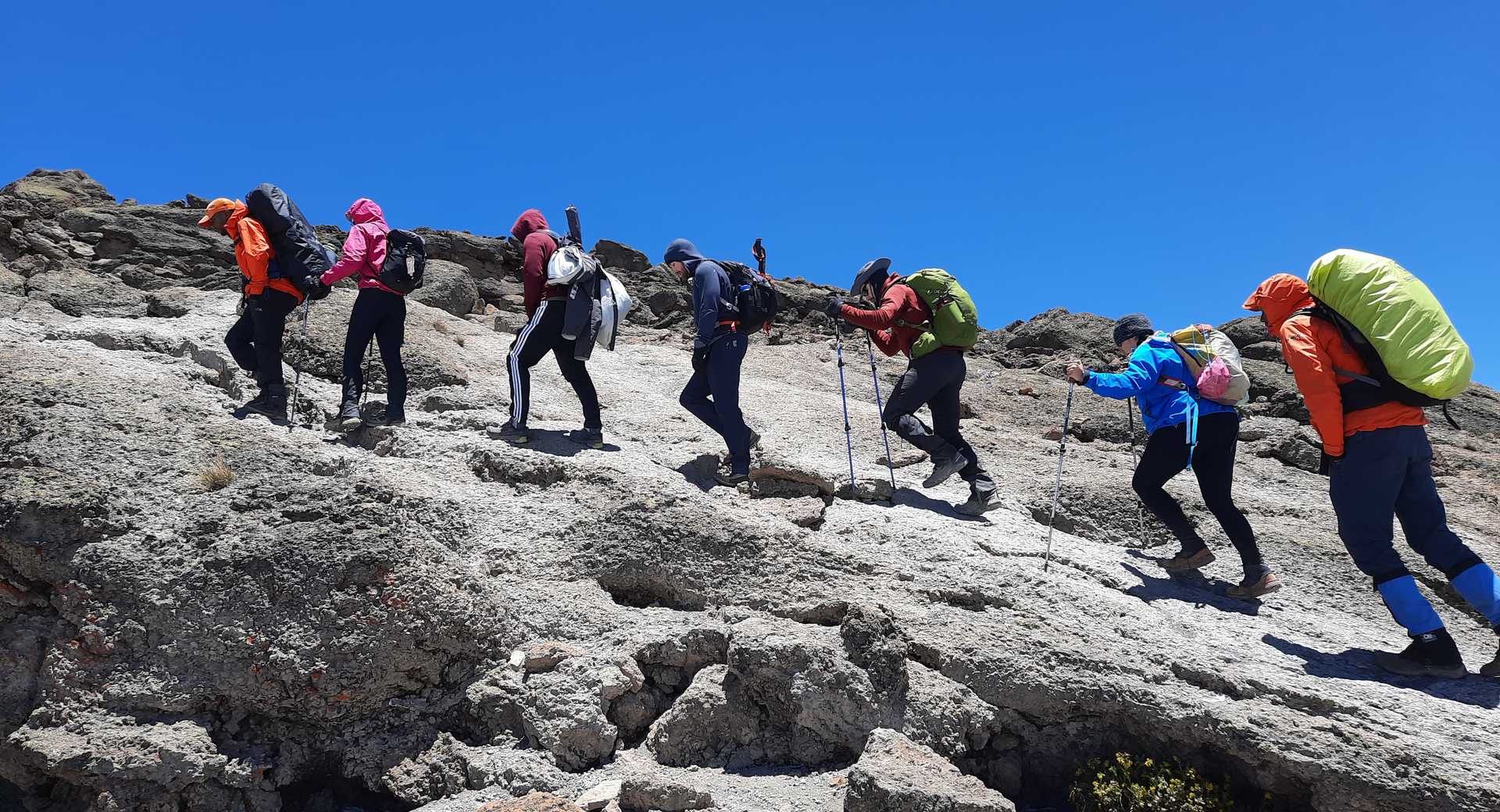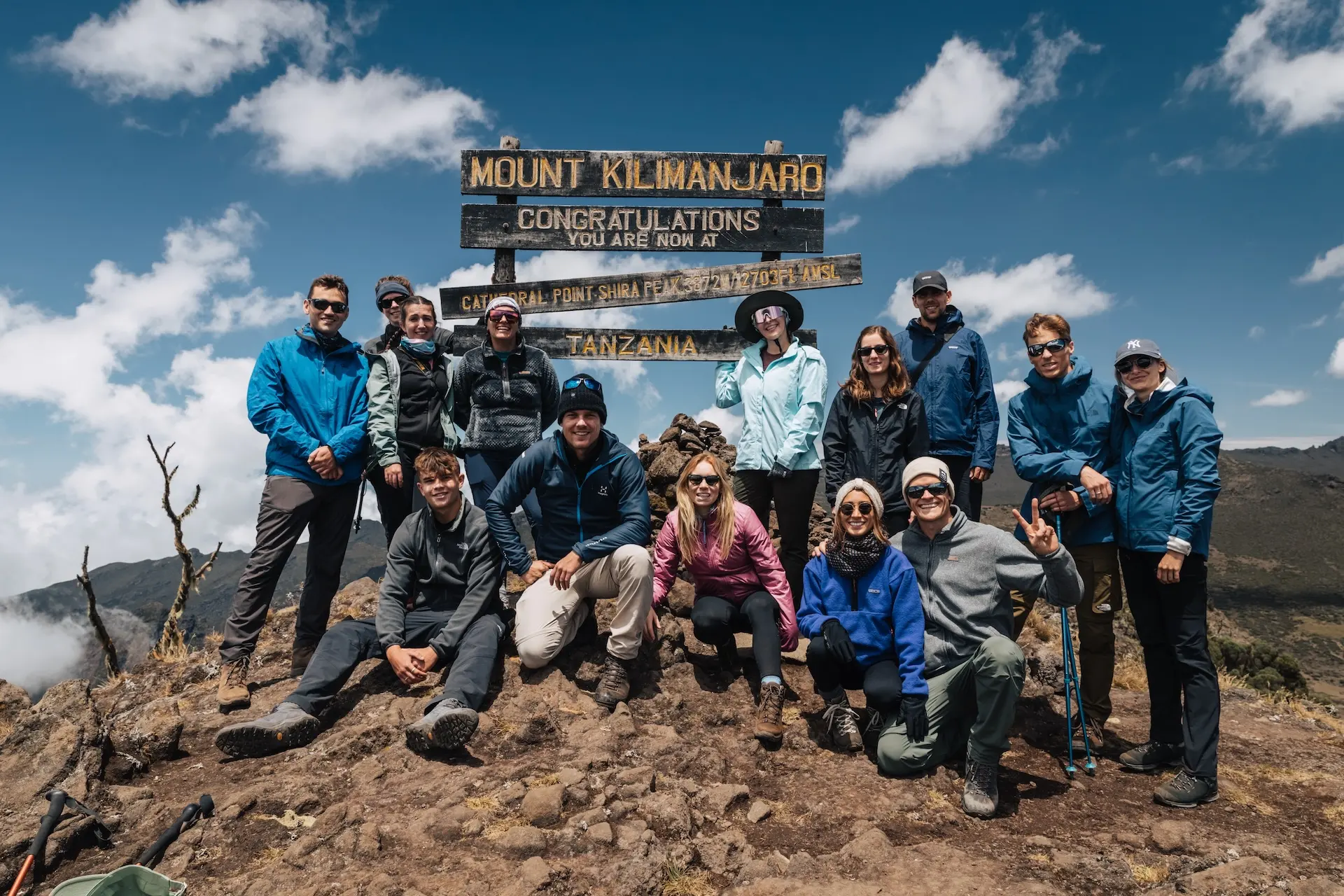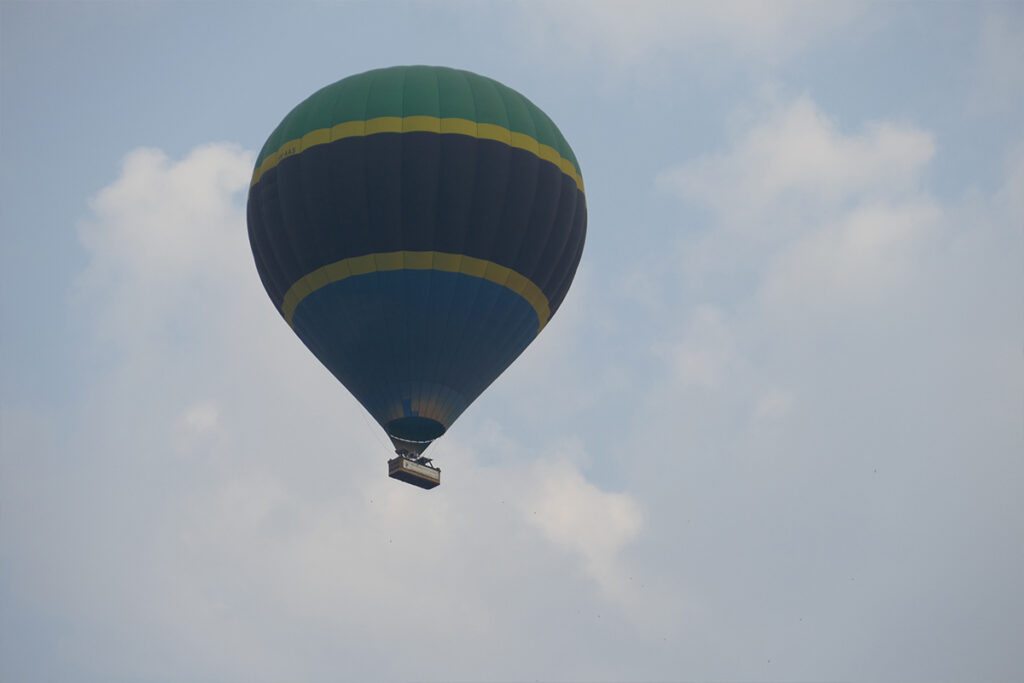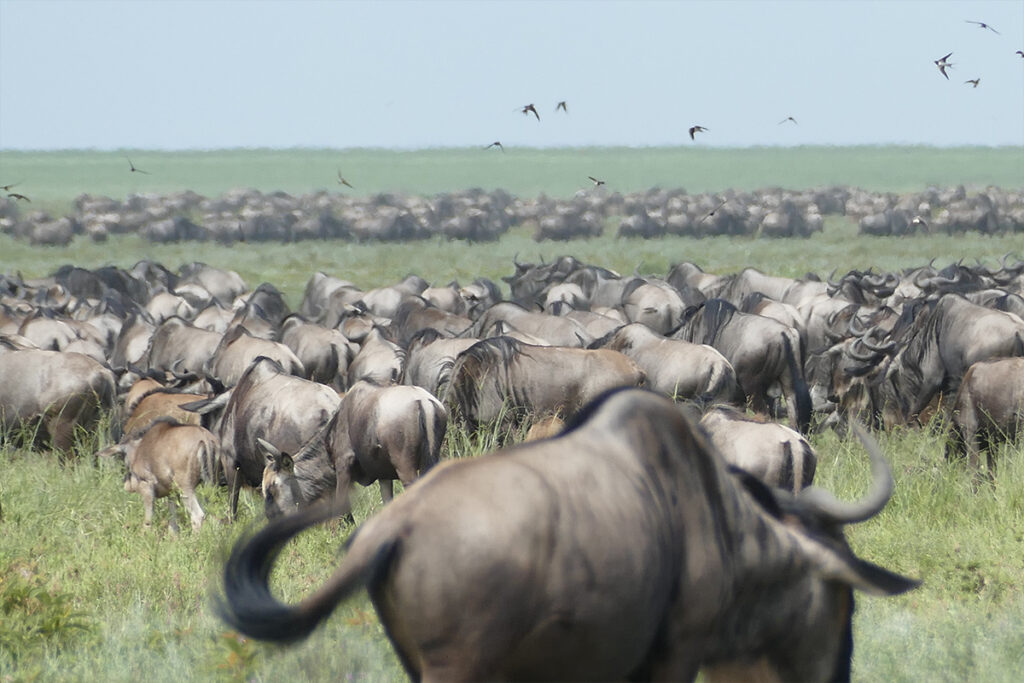Conquering the heights of Kilimanjaro is a goal that many adventure enthusiasts share, but what’s even more remarkable is doing it with friends. Picture the shared moments of triumph and the collective memories made along the journey. As the tallest free-standing mountain in the world, Kilimanjaro is a bucket-list item that transforms from a solitary feat to a team triumph.
Climbing Kilimanjaro with friends not only strengthens bonds but also increases success rates. Historical data shows that groups have a higher summit rate, thanks to the mutual encouragement and shared responsibilities. The journey, enriched with teamwork, fosters camaraderie and provides invaluable support, turning a daunting climb into an unforgettable adventure.

Why Climb Kilimanjaro with Friends?
Tackling the majestic Mount Kilimanjaro can be a thrilling adventure, especially with friends by your side. Sharing the experience means enjoying breathtaking views together and creating lasting memories. Traveling in a group also provides emotional support during challenging parts of the trek. It turns daunting climbs into shared triumphs, strengthening bonds along the way. The laughter and stories shared can make even the toughest days enjoyable.
When climbing with friends, teamwork plays a major role in reaching the summit. Everyone brings unique skills and strengths to the group, enhancing the overall experience. Supporting each other not only boosts morale but can actually increase the chances of success. Groups often achieve higher summit rates due to the collective motivation. Together, friends can encourage one another to keep going, even when the going gets tough.
Amazing scenic views are much more special when you can share them. With friends, you have someone to photograph the awe-inspiring moments, capturing time together in a unique setting. Evening camps become social gatherings beneath the stars, where friends can unwind and share tales of the climb. This camaraderie adds a sense of comfort and home, even in the wilderness. It’s not just about reaching the top; it’s about enjoying every step of the journey together.
Planning a group climb also has practical benefits. Cost-sharing makes the trip more affordable, from gear rentals to hiring local guides. Group packages often come with discounts for accommodation and activities. A table can illustrate some cost-saving benefits:
| Expense | Solo | Group |
|---|---|---|
| Gear Rental | $150 | $100 |
| Guide Fees | $200 | $150 per person |
| Accommodation | $300 | $250 per person |
Climbing with friends means a more cost-effective adventure, with support every step of the way.
Limitless Foundation: Friends of Xilombe Tlakula climb Kilimanjaro in his memory
Emphasizing the Benefits of Shared Experiences
Shared experiences, like climbing Kilimanjaro, create bonds that last a lifetime. When friends tackle such challenges together, they forge stronger relationships built on mutual support. These connections extend beyond the trail, positively impacting friendships in everyday life. Facing tough situations as a team enhances trust and reliance on one another. As they celebrate each milestone, their bond becomes a source of continuous encouragement.
Climbing mountains isn’t just about physical achievement; it’s a mental journey too. When friends are part of this adventure, they offer emotional support that keeps everyone motivated. A kind word or a shared laugh can make a huge difference after a long, tough day. Encouragement from friends amplifies one’s ability to push through challenging times. Together, they lift each other to new heights, figuratively and literally.
Experiencing different cultures together can be deeply enriching. Friends have the chance to grow their worldviews as they interact with locals and learn on the journey. Sharing these eye-opening moments with someone else makes them more impactful and memorable. Exploring new cultures creates shared stories and deeper understanding. These experiences become stories told for years, cherished as part of the group’s shared history.
While enjoying each other’s company, friends also learn from one another. Skills exchange, like pitching a tent or navigating the terrain, empowers them all. It’s a chance to discover hidden talents and see friends in new lights. Sharing knowledge fosters admiration and appreciation for each other’s strengths. Such teamwork builds a stronger, more cohesive unit, prepared for any adventure that lies ahead.
Preparation Tips for a Successful Climb
Getting ready for Kilimanjaro requires both mental and physical preparation. First and foremost, building your stamina is essential. Regular hikes and workouts can help increase your endurance for the climb. It’s also vital to get accustomed to higher altitudes, so practicing on lower mountains can be beneficial. Strengthening your mindset with positive affirmations and visualization techniques can enhance your preparedness.
Packing the right gear makes a big difference in your climbing experience. You need layers of clothing to adapt to varying temperatures on the mountain. Sturdy hiking boots are a necessity, along with a waterproof jacket for unpredictable weather. A packing list can help organize essentials:
- Thermal underwear
- Warm hat and gloves
- Sunscreen and sunglasses
- Light backpack
- Snacks for energy
Researching the route and having a guide offers additional confidence during the climb. Guides are familiar with the terrain, ensuring safety and efficient navigation. They can provide insights into cultural practices and environmental preservation. Having this knowledge enriches the climbing experience, allowing you to truly appreciate the journey. Their support and advice are invaluable resources when facing challenging sections.
Last-minute checks ensure nothing is forgotten before the big day. Ensure permits and papers are ready and water supplies are packed before heading out. Checking weather reports helps prepare for unpredictable conditions. A quick rundown of the plan with your group ensures everyone is on the same page. Successful climbs begin with thorough preparation, setting the foundation for an unforgettable adventure.
Required Gear and Equipment for the Group
Choosing the right gear and equipment can make or break a group’s Kilimanjaro climb. Each member needs to have essential clothing items to stay warm and comfortable. Layered clothing is vital, starting with moisture-wicking base layers and adding insulating jackets and windproof outer shells. Proper footwear, like sturdy hiking boots, ensures foot protection on rough terrain. Group members should also carry warm hats, gloves, and neck gaiters to prevent heat loss.
Each person in the group should be equipped with essential gear to enhance the climbing experience. Lightweight backpacks with a hydration system allow climbers to easily access water while on the move. A reliable headlamp is important for early starts and late finishes on the trail. Everyone must pack a first aid kit for emergencies. Trekking poles provide added stability, especially on challenging stretches of the trail.
Camping equipment is a key component when spending nights on the mountain. Durable tents are needed to withstand changing weather conditions. Sleeping bags rated for low temperatures keep group members warm overnight. A table can illustrate some additional camp essentials:
| Item | Purpose |
|---|---|
| Foam Sleeping Pad | Extra Comfort and Insulation |
| Portable Stove | Cooking Meals |
| Biodegradable Soap | Personal Hygiene |
Communication gear helps keep the group connected and informed. Walkie-talkies are useful for staying in touch while spread out. Mobile phones loaded with necessary contact numbers can be lifesavers. Solar chargers for electronic devices ensure they remain operational. A compact gadget repair kit is a handy addition to address any equipment malfunctions. Staying connected enhances safety and coordination.
Safety gear cannot be overlooked in a successful climb. Basic items like sunblock, sunglasses, and a hat protect against harsh UV rays. Each climber should have a whistle for emergencies. Bringing along altitude sickness medications can prevent health issues. These precautions help ensure a smooth and safe climb for every group member. By coming prepared, the group is positioned for a successful journey up Kilimanjaro.
Key Takeaways
- Climbing with friends boosts morale and success rates.
- Shared experiences strengthen friendships and create lasting memories.
- Diverse skills in the group enhance preparation and enjoyment.
- Teamwork makes challenging climbs more rewarding for everyone.
- A group climb turns daunting challenges into supportive adventures.




